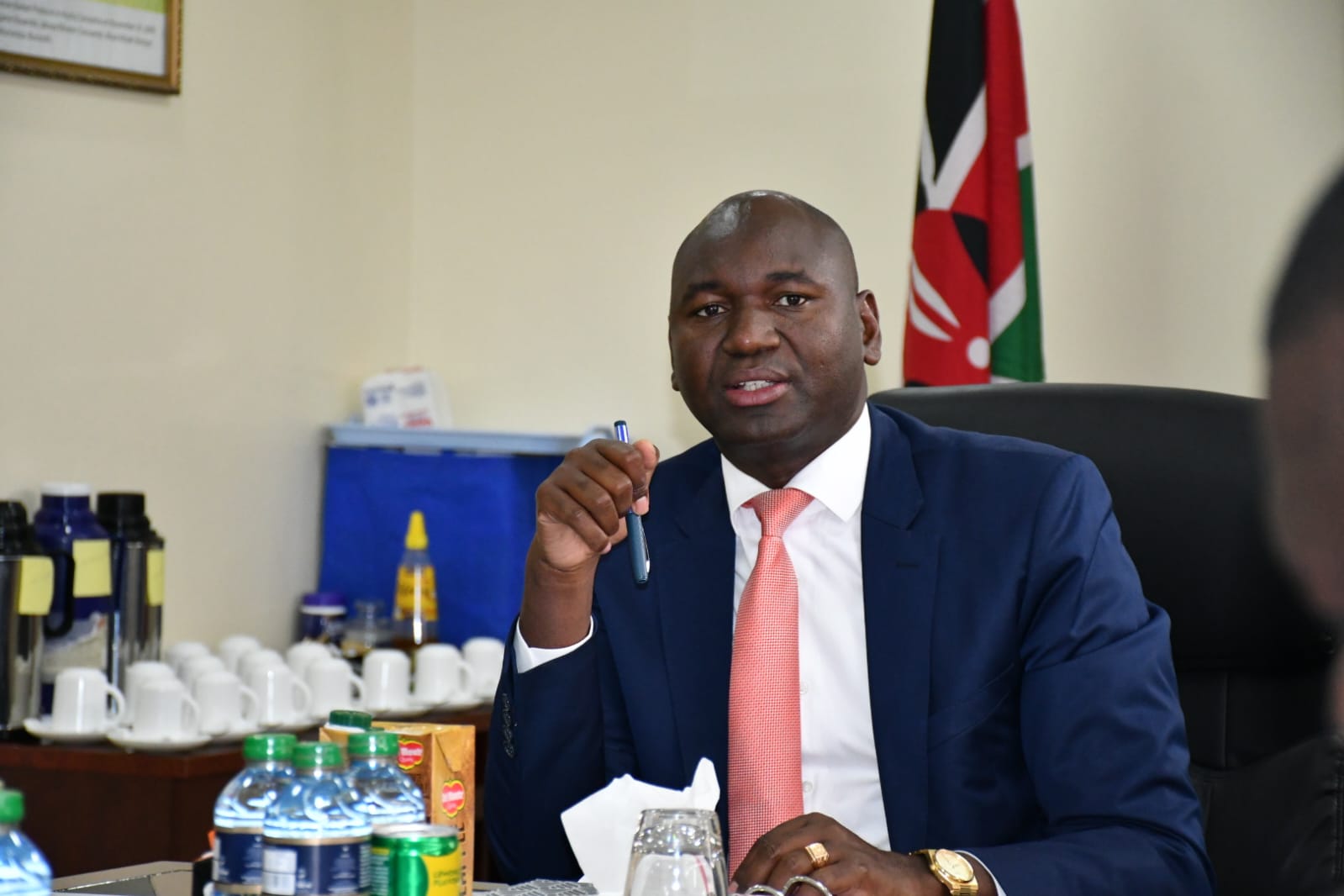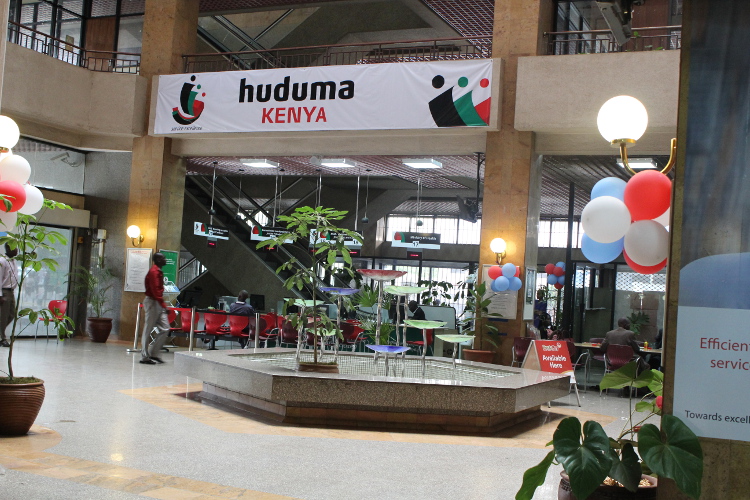Principal Secretary for the Department of Immigration Julius Bitok on Tuesday, September 12, announced the introduction of a digital ID named Maisha Card.
Speaking during a briefing in Nairobi, PS Bitok said the government will start issuing the new generation of IDs beginning September 29.
According to him, the issuance of new IDs will mark the beginning of the process to phase out the second generation of IDs.
As part of the enablers of the new registration system, the government will issue newborn Kenyans and other citizens a unique personal identifier named Maisha Namba.
For starters, the government has projected to spend Ksh1 billion to hit its target of rolling out the digital IDs.

Further, the statement noted that the new ID system- once implemented- will upgrade Kenya’s quality of citizen registration services to international standards.
“I am happy to report that within the 90-days directive by H.E the President, the national identity technical team shall be able to roll out activities on the implementation of the National Digital ID,” the PS assured.
Here is what you need to know about the new ID system
According to the government, digital IDs will help to simplify access to government services.
The ID system is designed to support consumption of online services by making it easier to identify clients.
In addition, the system seeks to minimize the risk of fraud, forgeries- among other misrepresentations- as per the government.
Components
In his remarks, PS Bitok announced that the system will comprise four key components namely:
- The Maisha Card which is the replacement the current second-generation IDs cards.
- The Maisha namba, which is the unique personal identifier (UPI) issued at birth or registration.
- Maisha ID, which is a digital ID which is accessible via mobile phones and will contain all information regarding the holder.
- The National Master Population Register, a national database which will contain information about all persons living in Kenya.
Also Read: Govt Announces Date for Digital ID Card Rollout
Where will Kenyans use Maisha Namba
According to the government, the unique personal identifier (UPI) will be used in various forms of registration including government services such as the Kenya Revenue Authority (KRA) and the National Health Insurance Fund (NHIF).
The number will also be used by learners in their various stages of education.
How is it different from Huduma Namba
As per the government, the new system is different from the botched Huduma Namba registration under the previous regime.
The Department of Citizen Services states that the Maisha Card will not require fresh registration or harvesting of personal biometrics as was in the case for Huduma Namba.
This, the government notes, makes it unique “unlike Huduma Namba that was beset by many legal and implementation challenges”.
Also Read: President Ruto Orders ICT Ministry to Work on a Digital ID
How to Get Maisha Card
According to the announcement made on Tuesday, September 12, the roll-out of the new ID will be in phases.
First-time ID applicants will be among beneficiaries as the government has made it clear that all fresh ID holders will get the new generation from October.
Further, the government has targeted Kenyans seeking ID duplicates and replacements for lost IDs as an opportunity to roll out the new IDs.
Features of Huduma Card
The Huduma Card will have a special feature known as MRZ (Machine Readable Zone) which will enable it to possible to decipher personal encrypted details.
The MRZ, according to the government, will comply with international standards, in line with International Civil Aviation Organization (ICAO).
Why Maisha Namba?
Regarding the choice of the name “Maisha Mamba” the department explained that Kenyans will use the number throughout their lives for all registration requirements from the point of birth to death.
The number, the government states, will also appear on the death certificate upon the death of the holder.








































































